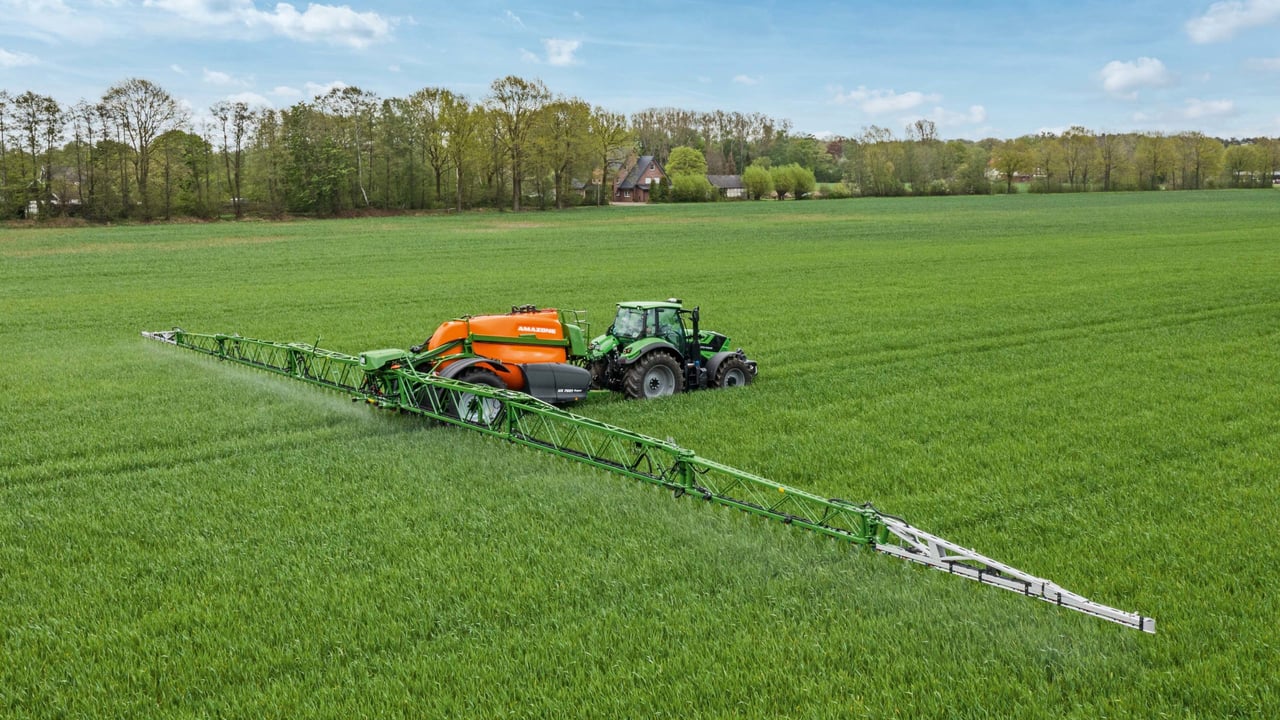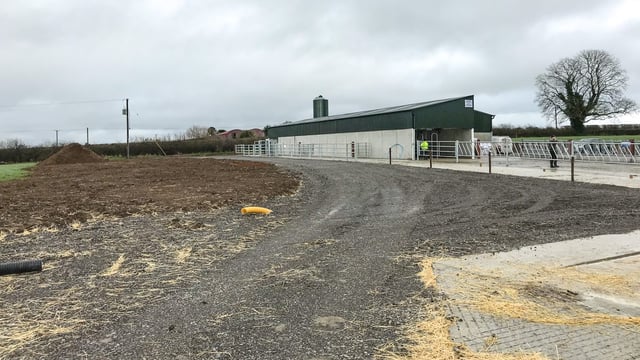Tillage: Time to start walking winter cereal crops
Teagasc is strongly encouraging all tillage farmers to start walking winter cereal crops as a matter of priority.
The objective is to gauge how they have emerged from a relatively mild winter.
Many crops were well advanced coming towards the end of the year, especially those that were drilled early.
Barley crops especially may start to turn yellow over the next few weeks as the demand for nitrogen (N) increases.
Over the last number of years there has been an increasing trend to apply the first N on barley earlier and earlier; however, trials from Teagasc Oak Park still suggest that the first N applied in early March gives the best result in terms of yield.
The trials have also shown that the penalty for applying N in late February is quite small, so if ground conditions are good and there is sufficient growth, then an application of 30kg N/ha may be justified to help tiller growth.
For winter wheat and oats there is no need to apply N-based fertilisers in February. Growers should wait until growth starts in March.
Specifically, where wheat is concerned, there are still options for grass weed control such as Alister Flex, Pacifica Plus, Broadway Star or Monolith.
Growers should choose whichever option best suits the situation, as each product has its own strengths and weaknesses.
Winter oat crops for the most part have had no herbicides applied yet, so spring cereal herbicides will be the choice.
Again, growers should check labels for products that are approved for oats and use them when conditions are suitable.
Now is a time of year when tillage farmers should examine their costs in full detail.
Helping in this regard is the Teagasc Crops Crops and Returns 2025 publication. When used to examine costs of production, it can provide an indicative guide to crop margins.
The publication provides guideline costs for the main cereal crops, both winter and spring, along with non-cereal and forage crops such as beet, maize, potatoes, beans and peas or winter oilseed rape.
Before committing to sow this spring, farmers need to undertake a thorough appraisal of the costs of running their businesses.
As detailed within the Crops and Returns 2025, machinery continues to be a significant expense on tillage farms.
In fact, it is the second largest cost on tillage farms, typically about 25-30% of total growing costs.





